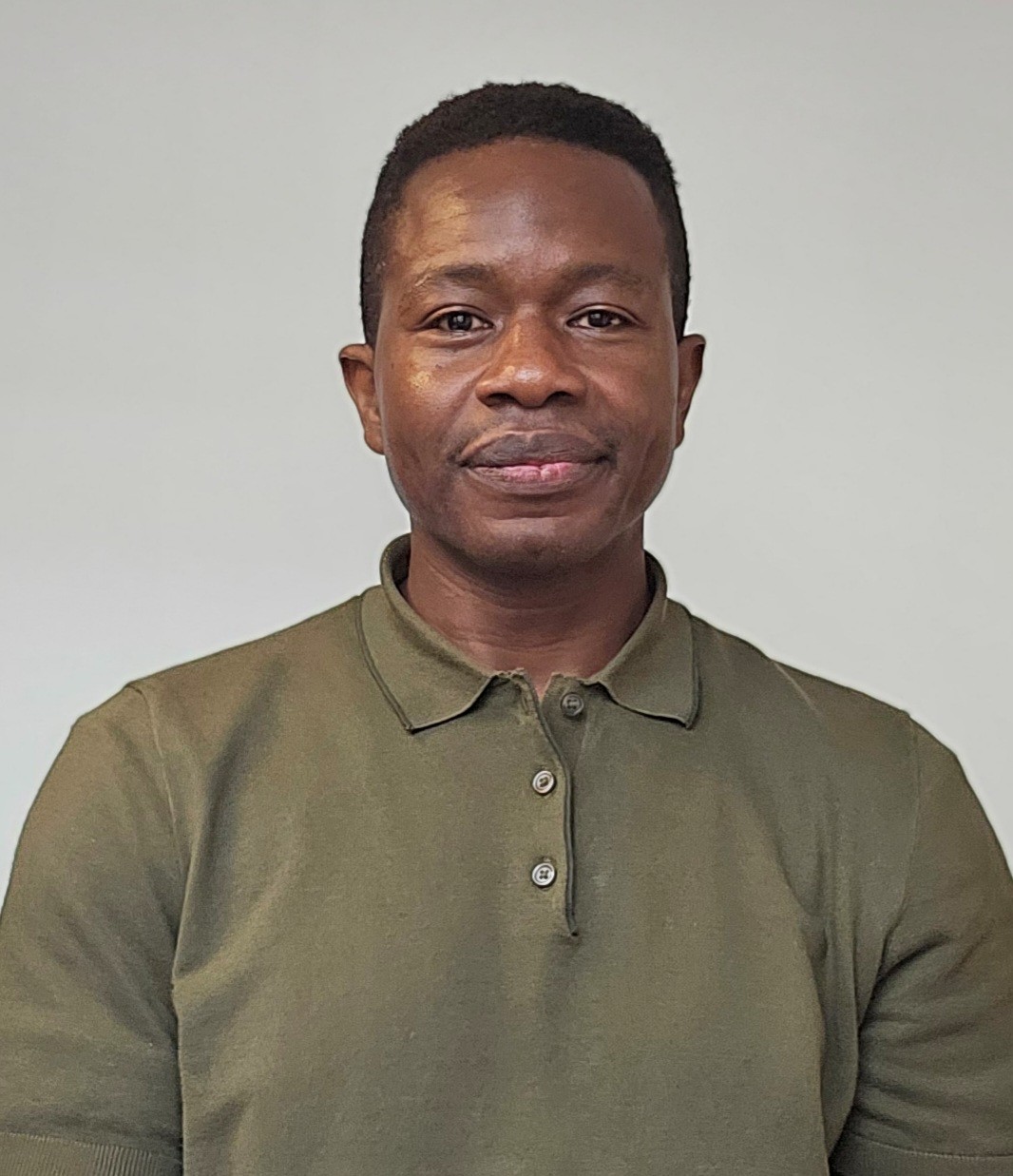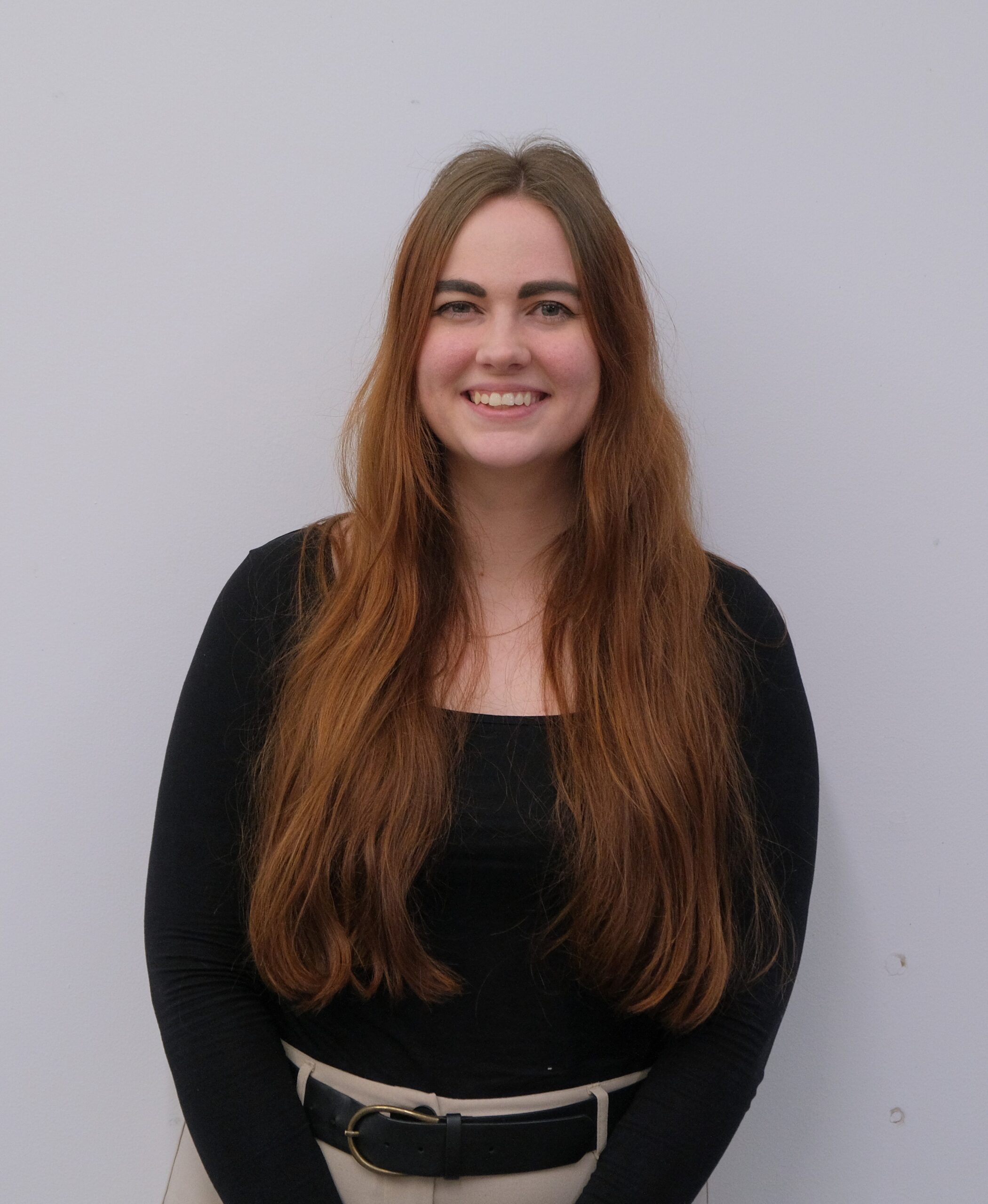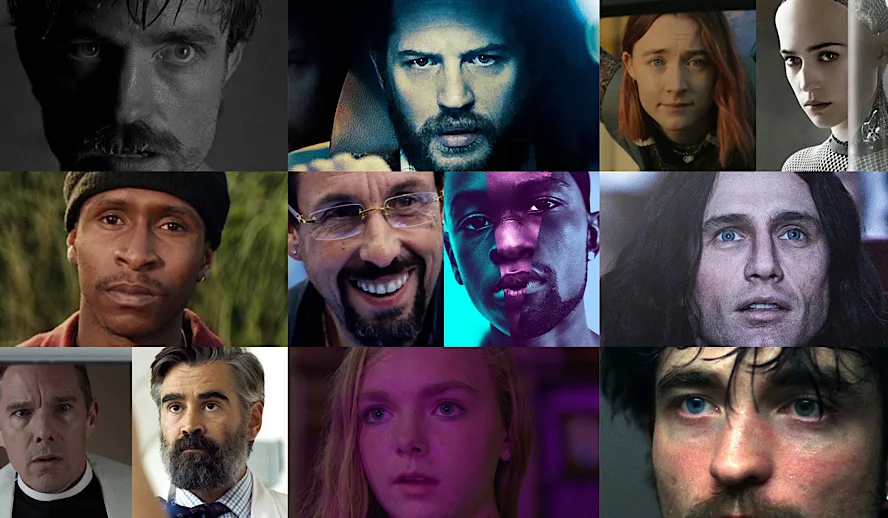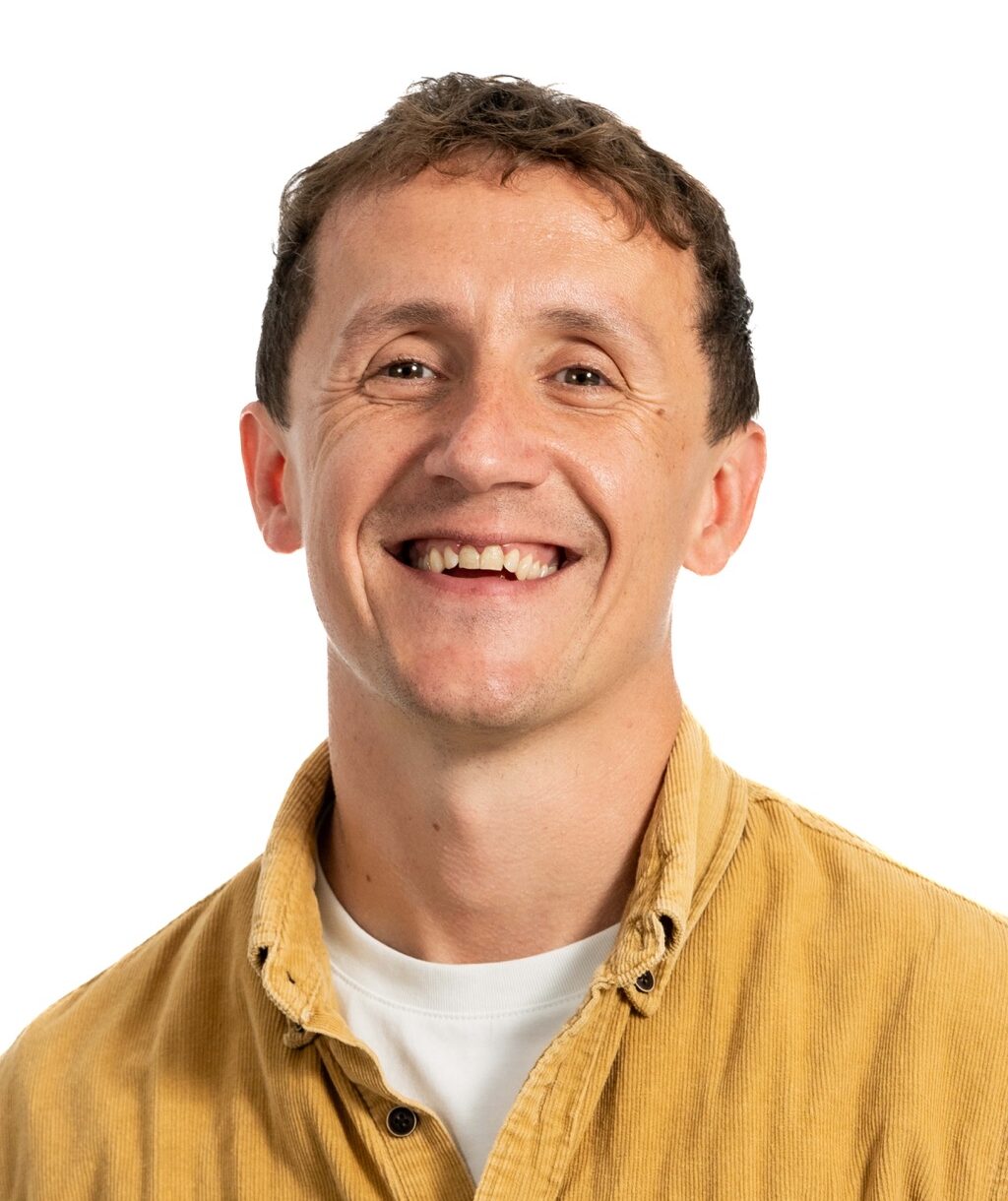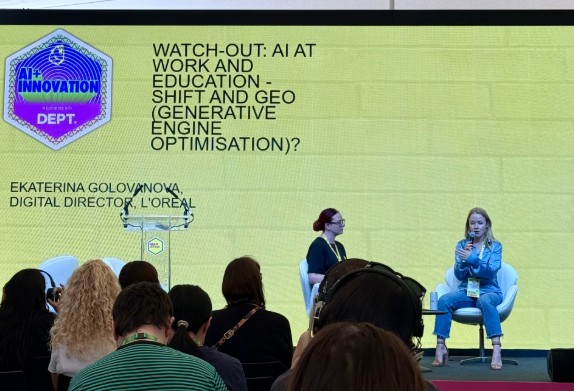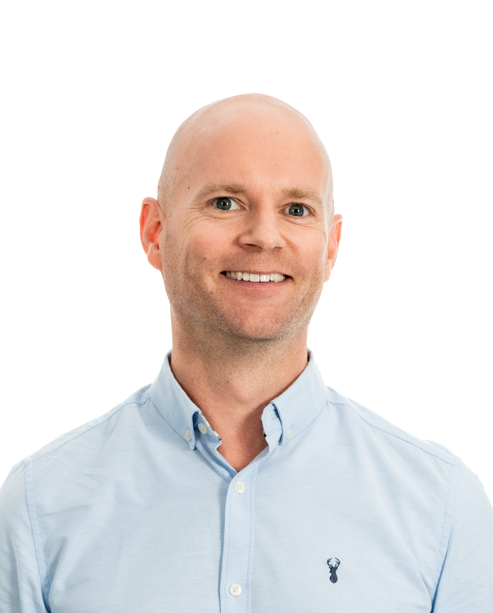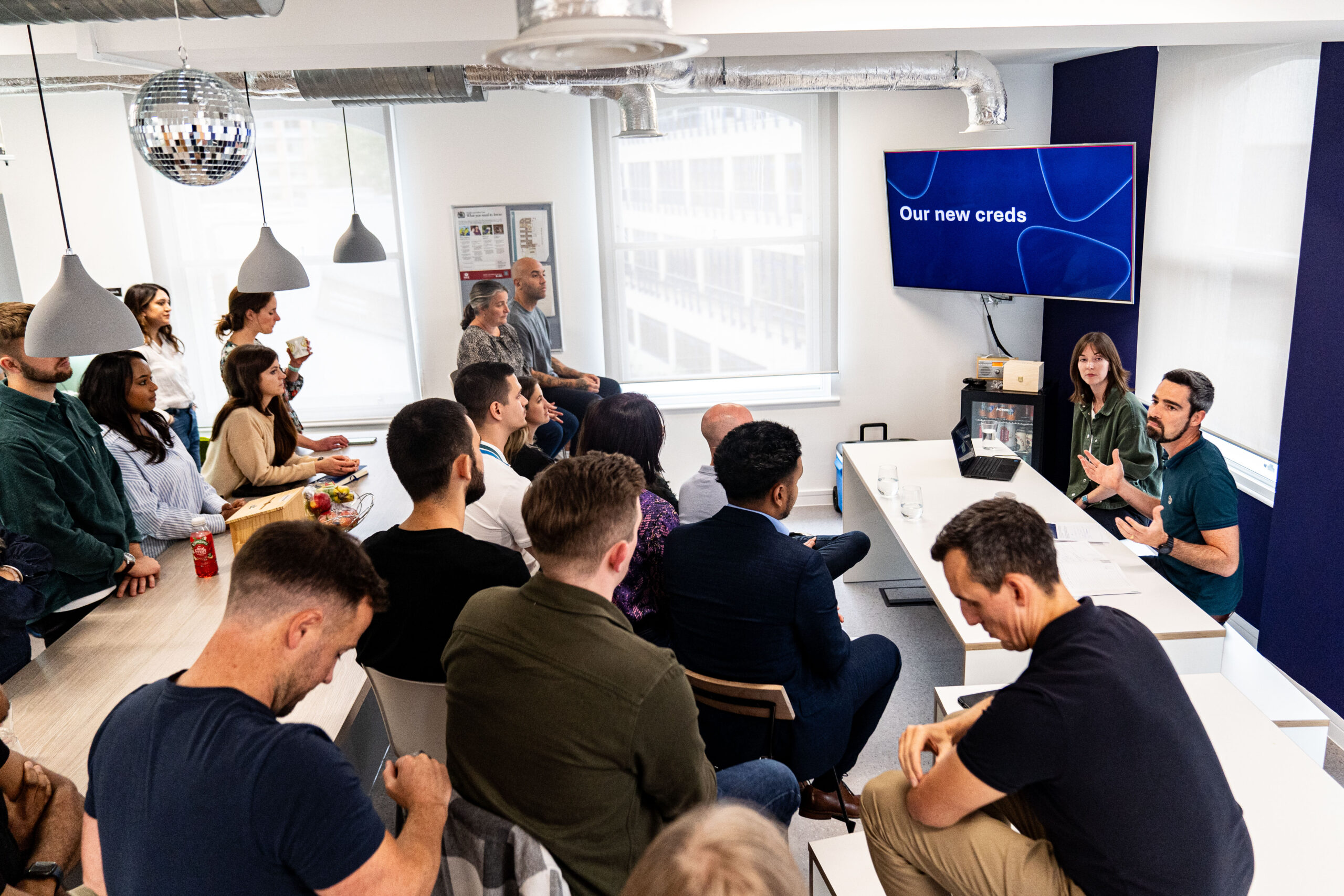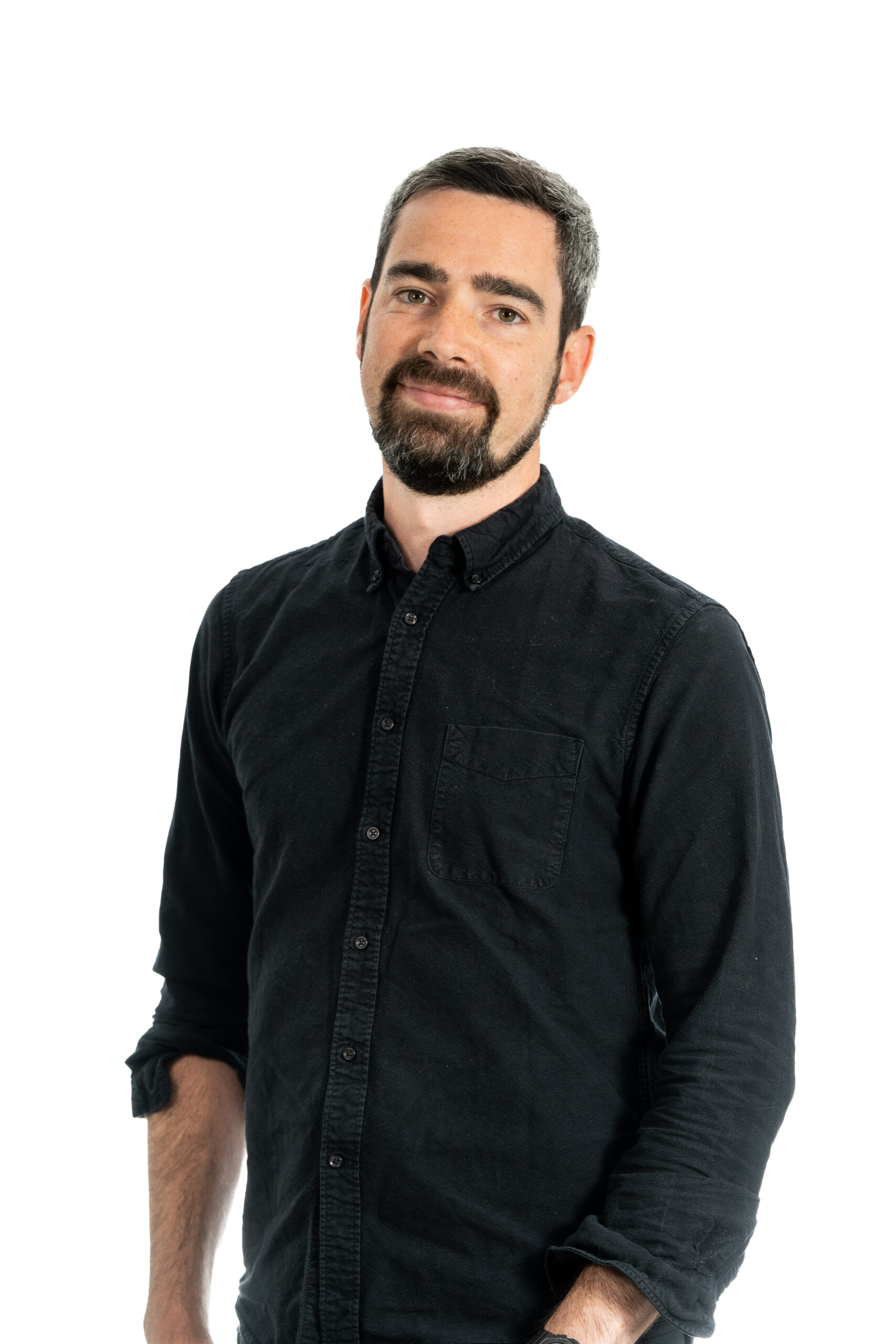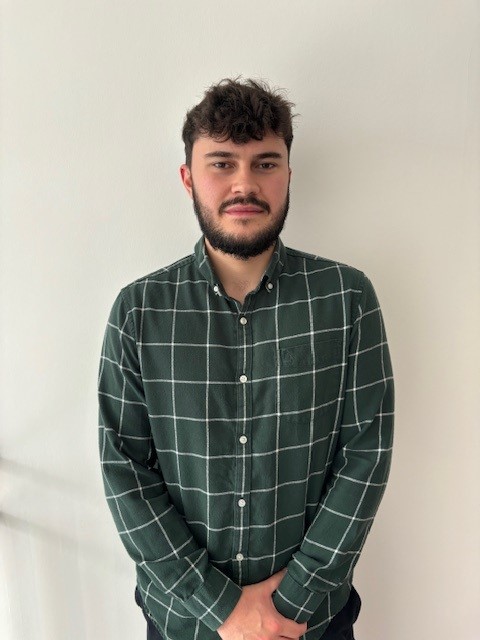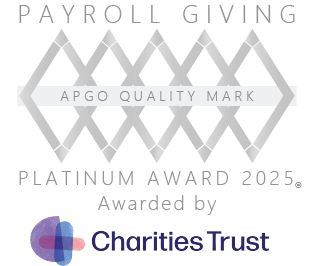Today, we’re speaking to a member of a different team than usual, assistant management accountant Victor Olaoye. During our conversation, Victor tells us why he believes people shouldn’t hold technological changes at arm’s length but instead should be open to embracing radical developments.
What led you to a career in media?
I’ve always been intrigued by the work of the media industry. Finance is my skillset, having studied accounting and finance at university, but I was attracted to the fast-paced environment and creative outcomes of the media industry. I’ve always been intrigued by commerce, reading in the press about how products are launched. A role in finance gives me access to those people who are making decisions about how organisations are run.
I had worked at an arts organisation with visitor attractions and a retail trading arm where I supported the financial operations for visitors and customers. What attracted me to MI Media was that, as an independent agency, the work is well-rounded and there are opportunities to collaborate with colleagues in different departments. It’s an agency that supports people to do the best work they can do.
What does a typical day look like for you?
My role as an assistant management accountant is a balance of influencing people’s behaviour to get the best outcome for the teams as well as the best outcomes against our financial targets. Day-to-day tasks include things like allocating funds as part of the bank reconciliation process and reviewing our media plans against billings. This helps us account for revenue and ensure that things are done in the right way. Depending on the outcomes of these tasks I then look to initiate changes and follow up with colleagues across the agency.
What is your proudest moment at MI?
When you’re working in the day-to-day, it’s easy to be distracted by the impact you’re having on the eventual outcome. I’m really proud of the work I’ve done managing our pool of debtor accounts from clients and seeing the impact it’s had on our liquidity. I find it really rewarding to see the wider effect of what I’m doing on the success of the business.
